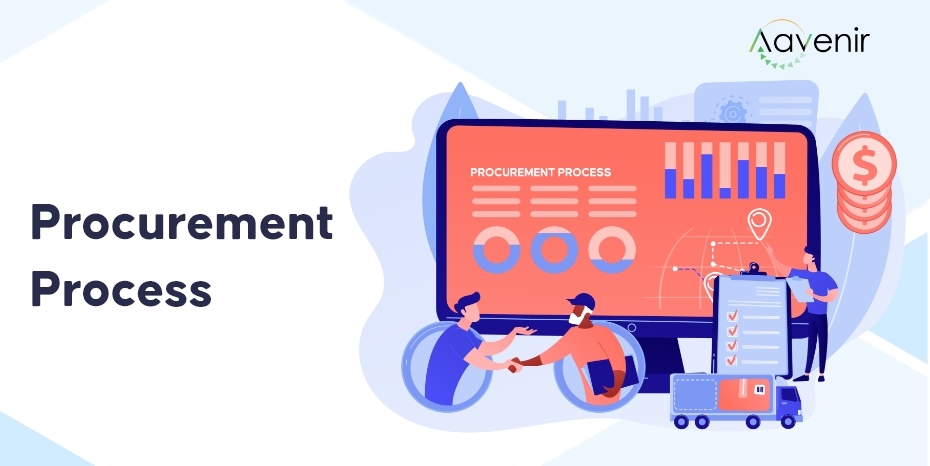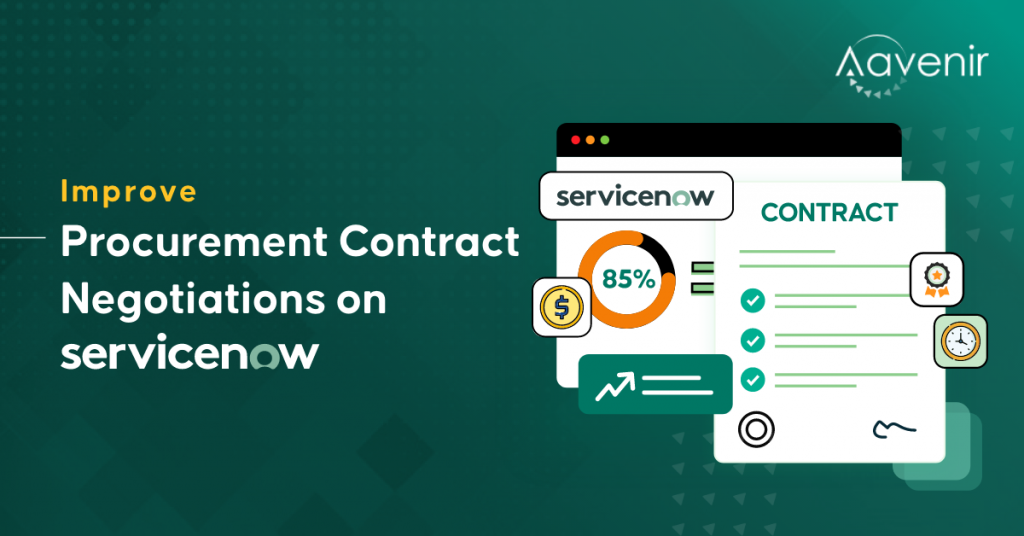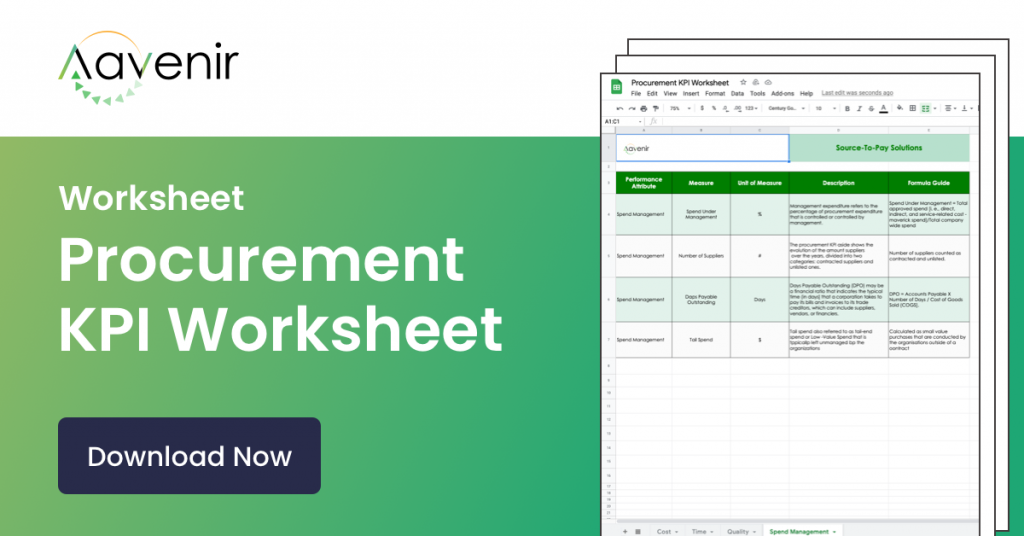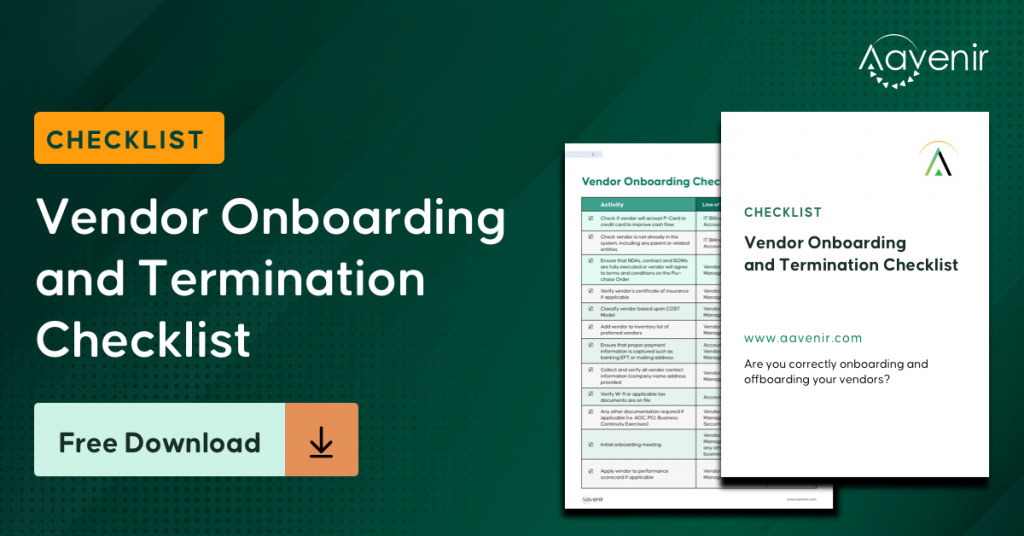What is Procurement Process?- Definition
The procurement process means the workflow or process of finding and agreeing to terms, and acquiring goods, services, or works from an external source, often via a tendering or competitive bidding process. Procurement processes generally involve making buying decisions under conditions of scarcity. If sound data is available, it is good practice to make use of economic analysis methods such as cost-benefit analysis or cost-utility analysis.

Understanding Procurement Process
The procurement process refers to the identification and implementation of specific steps by businesses to acquire goods and services to meet their requirements and achieve their objectives. A procurement process is essential because it has a direct impact on how much a business can save. When companies assess the procurement process regularly, then it ensures their goals are being met. Changes can be made to the process when it is not working as planned or when problems crop up. As the procurement’s main aim is to boost efficiency, businesses must ensure they derive maximum value from their process.
The procurement process isn’t the same for all businesses because it can vary according to needs. Each company has its own set of conditions, and so it will have a different procurement process compared to another business that has additional requirements.
Procurement Process Flow
Every organization has a unique procurement process flow. However, procurement in business usually starts with identifying a requirement and creating the purchase order that details all the requirements’ specifics. In purchase with an approved supplier for the condition, the purchase order will be sent for approval by the designated procurement or finance team. If it is rejected, it will be sent back with the reason for it being left. On approval, the purchase order becomes a purchase requisition.
For a purchase that does not have a pre-approved supplier or vendor, the procurement team sends out multiple RFQs (Request for Quotations) detailing the requirements specified in the purchase order. The quotations that are received are analyzed, and a suitable vendor is selected. The procurement team then negotiates a satisfactory contract with the chosen vendor and sends a purchase order.
When the purchased items are received, the vendor’s invoice goes through a three-way matching verification. Three-way matching is comparing and validating the purchase order, vendor’s invoice, and the actual receipt of the goods. This step is to verify if the organization had placed the said order with the specified vendor and if the vendor has supplied and invoiced the charge as per the purchase order. This is then compared with the receipt of the goods to see if the order was received as requested and as invoiced. Once the three-way verification is complete, the vendor’s invoice is authorized, and the vendor’s payment is made. The financial department accounts for the price.
Components of Procurement
The three components of the procurement process are-
1. People
The number of people involved in the procurement process depends on the sale of the manufacture and procurement orders. For a small company, procurement personnel is few. For larger companies, each stage of the procurement process has an entire team managing it. Also, when the items that are being ordered are of small value, the number of approval is smaller. But for high-value or significant procurements, the level of support for the purchase requisition goes higher in the management order.
2. Process
The procurement process should be well designed and organized for it to function efficiently. When there is a disorganized procurement department, it leads to inefficiencies and inconsistencies in the entire process that can cause delays and problems with the purchases and the payments for the same. Transparency in the process ensures that there is no corruption or manipulation at any stage.
3. Paperwork or Records
Record keeping at every step of the process of procurement is essential. Though almost all the actions of the process are digitized, the efficient recording of all information at each stage and the coordination and comparison of all the relevant records at each location is important for both the buyer as well as the seller
Explore Additional Resources to Know More




